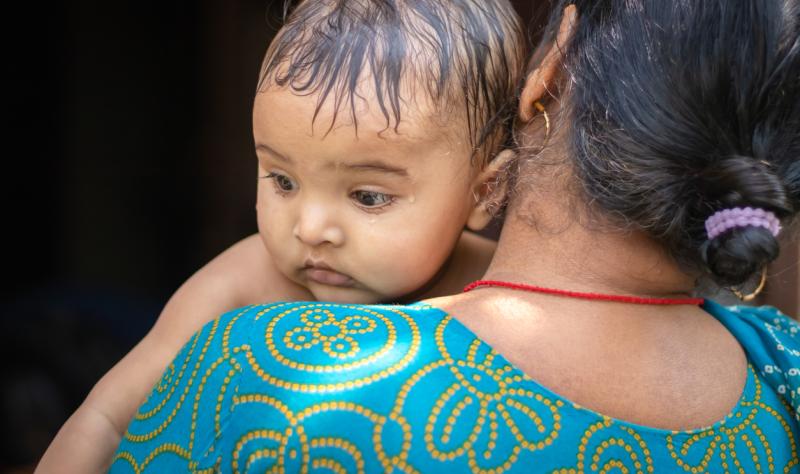
A recent breakthrough study has introduced a novel methodology that significantly enhances the accuracy of epidemiological estimates for infectious diseases like COVID-19.
The study, titled “Overcoming Bias in Estimating Epidemiological Parameters with Realistic History-Dependent Disease Spread Dynamics,” was published in Nature Communications.
The research team, led by Professor Kim Jae Kyoung at KAIST and Chief Investigator of the Biomedical Mathematics Group within the Institute for Basic Science (IBS), along with Dr. CHOI Sunhwa from the National Institute for Mathematical Sciences (NIMS), and Professor CHOI Boseung from Korea University, addressed a long-standing challenge in infectious disease modeling.
Previous models have primarily used history-independent dynamics, which assume a constant probability of transitioning between different stages of disease regardless of time since exposure. This approach can lead to significant bias in estimating critical parameters such as the reproduction number (R), latent period, and infectious period.
In contrast, the newly developed method by the team adopts a history-dependent framework, where the probability of transitioning between disease stages changes over time.
This realistic modeling approach eliminates biases introduced by conventional methods and allows for more accurate predictions of disease spread, even when only confirmed case data are available. This is crucial for determining the effectiveness of intervention strategies like social distancing and vaccination campaigns.
Professor Kim Jae Kyoung explained, “Our research represents a paradigm shift in epidemiological parameter estimation. By overcoming the limitations of previous models, we can now provide public health officials with more precise data on disease dynamics. This will enable more effective intervention strategies, ultimately helping us to better manage and control infectious disease outbreaks.”
Dr. Choi Boseung from Korea University, another corresponding author, added, “The new method allows us to estimate the infectious period distribution accurately, even when this period changes over time due to varying intervention measures and disease evolution. This flexibility in parameter estimation was previously impossible using traditional models. Our work will have a significant impact on the way epidemiologists and public health officials respond to future pandemics.”

Using early COVID-19 data from Seoul, South Korea, the team demonstrated that the new method provides much more precise estimates of the reproduction number, compared to conventional methods. They found that traditional approaches could overestimate the reproduction number by up to twofold, potentially leading to misguided policy decisions.
Dr. Choi Sunhwa said, “This research marks a significant advancement in our understanding of infectious disease dynamics. The new methodology can provide public health officials with more reliable data, leading to better-informed decisions during pandemics.”
The team also developed a user-friendly computational package named IONISE (Inference Of Non-markovIan SEir model), which simplifies the implementation of their advanced inference method. IONISE supports a variety of epidemiological models, making it adaptable to different infectious diseases and intervention scenarios.
Dr. Hong Hyukpyo asserts that this methodology will revolutionize the field of infectious disease modeling and epidemiological parameter estimation, paving the way for more effective public health responses and strategies in future pandemics.
More information:
Hyukpyo Hong et al, Overcoming bias in estimating epidemiological parameters with realistic history-dependent disease spread dynamics, Nature Communications (2024). DOI: 10.1038/s41467-024-53095-7
Institute for Basic Science
Citation:
Overcoming fundamental limitations of conventional infectious disease modeling (2024, October 17)
retrieved 17 October 2024
from
This document is subject to copyright. Apart from any fair dealing for the purpose of private study or research, no
part may be reproduced without the written permission. The content is provided for information purposes only.







